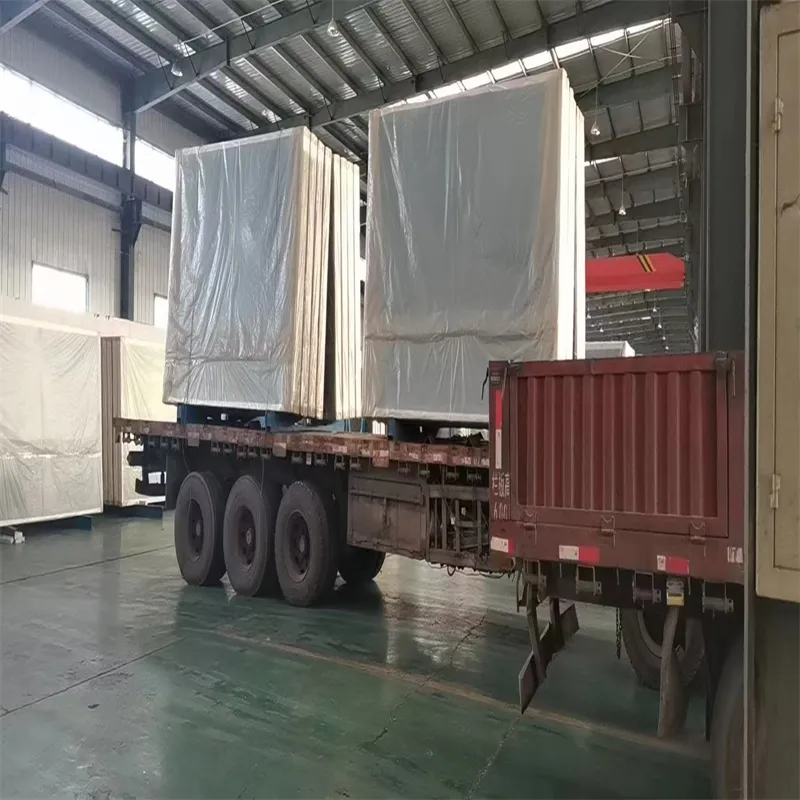Nov . 11, 2024 19:57 Back to list
cost of tempered glass
Understanding the Cost of Tempered Glass
Tempered glass, also known as toughened glass, is a type of safety glass that is made through a process of extreme heating and rapid cooling. This process increases its strength compared to standard glass, making it more resistant to impact, thermal stress, and various environmental factors. As a result, tempered glass is frequently used in applications where safety, durability, and thermal resistance are critical. However, one of the primary considerations when opting for tempered glass is its cost.
Factors Affecting the Cost
1. Manufacturing Process The production of tempered glass involves special techniques that require advanced technology and equipment. The process begins with cutting standard glass sheets to the required size, followed by heating them in an oven to temperatures as high as 620 degrees Celsius (approximately 1148 degrees Fahrenheit). After reaching the desired temperature, the glass is rapidly cooled using air jets. This meticulous process increases the glass's strength but also contributes to higher manufacturing costs, which are then reflected in the market price.
2. Type and Thickness The cost of tempered glass can vary significantly depending on the type—such as laminated, insulated, or single-pane—and the thickness of the material. Thicker glass tends to be more expensive because it requires more raw materials and typically takes longer to manufacture. For instance, a standard 10mm thick tempered glass will generally cost more than a 6mm thick version.
3. Customization and Treatment Many consumers and businesses require customized tempered glass products, tailored to specific dimensions or designs. Customization often involves additional cutting, shaping, or finishing processes, which can further increase costs. Additionally, any special coatings or treatments, such as reflective or low-E (low-emissivity) coatings, contribute to the final price.
cost of tempered glass

4. Market Demand and Location The demand for tempered glass products can fluctuate over time due to trends in construction, interior design, and advancements in technology. High demand can drive prices up, while low demand may lead to competitive pricing. Furthermore, the cost can vary by location due to transportation costs, local supplier pricing, and regional economic factors.
Average Cost Estimates
As of 2023, the average cost of tempered glass varies widely, typically ranging from $25 to $70 per square foot. Basic tempered glass may fall on the lower end of this spectrum, while specialty products with additional features or customizations can exceed $100 per square foot. It is vital for consumers to obtain quotes from multiple suppliers to ensure they are getting a fair price and to compare the cost-effectiveness of different options.
Conclusion
When considering tempered glass for your project—be it for residential, commercial, or industrial use—understanding the factors that influence its cost is essential. While the initial investment might be higher than standard glass, the long-term benefits in terms of safety, durability, and energy efficiency can make it a worthwhile expenditure. As the market for advanced building materials continues to evolve, staying informed about the costs associated with tempered glass will help you make better decisions that align with both your budget and safety needs.
-
Safety and Style with Premium Laminated Glass Solutions
NewsJun.24,2025
-
Reinvents Security with Premium Wired Glass
NewsJun.24,2025
-
Premium Float Glass Line for Modern Architecture
NewsJun.24,2025
-
Low Emissivity Glass for Energy-Efficient Architecture
NewsJun.24,2025
-
High-Performance Insulated Glass Solutions for Modern Architecture
NewsJun.24,2025
-
Elevates Interior Style with Premium Silver Mirror
NewsJun.24,2025
Related PRODUCTS














